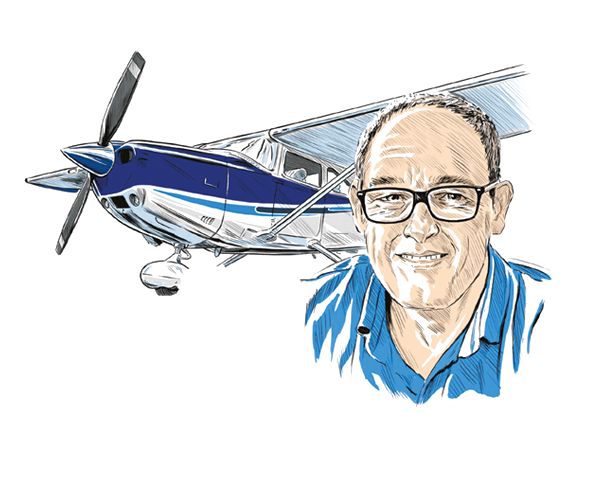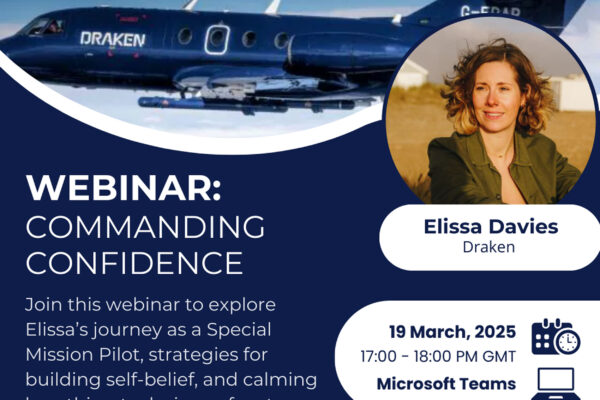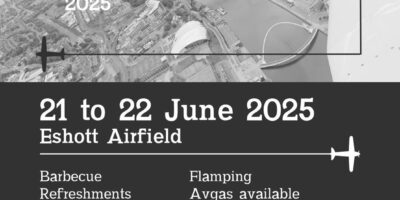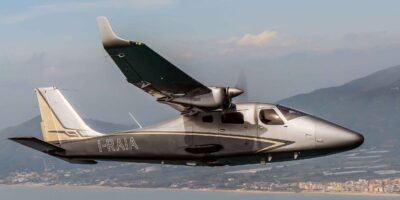I used to think General Aviation flying was about lunching in France, floating over the countryside of a summer’s evening, aerobatics, meeting up with mates for a cuppa, or even emulating those all-too-important business people proclaiming, usually through blindingly white teeth, that ‘GA enables me to crush the competition and spend more time with my family’. Nobody told me that a lot of it was about trawling through impenetrable consultations or the ever-changing regulations they spawn.
While it’s tempting to leave this stuff to somebody else, (and we’ve got more representative groups than Downing Street has boozy parties), some consultations are so important that we should dig deep and dive in. The recently published consultation on the CAA’s Airspace Modernisation Strategy is one such example. It’s a refresh of the strategy set out in 2018, pushing the timeframe out to 2040, making sure that we align with ICAO’s Global Air Navigation Plan (GANP), filling the void that was created when we left EASA, and making sure that we have a system that works and plays well with our aerial neighbours.
The strategy sets out some virtuous principles. It should deliver quicker and cleaner journeys, it should benefit all who use and are affected by UK airspace, it should integrate diverse users and it should be simple and efficient. Cynics might see that as waffle, but much of the GA content would have come from discussions with GA groups. So how about some specifics?
For starters, the strategy proposes that we bin the slightly messy provision of services outside of controlled airspace. So ‘bye-bye’ Basic Service, Traffic Service etc, and ‘hello’ to a nationwide Flight Information Service with or without surveillance data. Done right, it could be as good as the FIS in France and Germany or Flight Following in the USA.
“I want to feel the future will be more 2012 Olympics than 2022 rivers of raw sewage”
Then there’s a plan to dump ATZs and replace them, where justified, with Radio Mandatory Zones (RMZs), or if supporting GNSS approaches perhaps with an additional Transponder Mandatory Zone. Again, applied correctly this could be a very good thing, although the recent publication of the CAA’s policy on the operation of RMZs and TMZs shows that there’s often a huge gulf between the theoretically good, and the cack-handed, small-minded, bonkers application of something like an RMZ, which effectively becomes de facto controlled airspace.
Much is made of airspace flexibility. This brings the prospect of some controlled airspace being switched on and off depending on tactical need (i.e., a change of runway, reduction of traffic etc.). The current status would be an uplinked Flight Information System Broadcast (FIS-B) which would display (along with weather) on a suitable app such as SkyDemon.
Clearly there would have to be procedures in place to avoid the comedy of a J-3 Cub trying to outrun real-time expanding controlled airspace, but flexible airspace works well in France and elsewhere, and presumably for those who fly tablet or phone free, there’s always the new nationwide FIS service to take advantage of. Talking of situational awareness, one proposal is that certain activity sites such as those facilitating large model flying or paragliding/hang-gliding will be co-located with a ground beacon. When the activity is taking place the beacon will be switched on, the resulting display on the pilot’s tablet indicating that activity is taking place. I like that idea, and I think there’s scope to extend it to other sites too.
There are significant advantages for General Aviation in this strategy, but there’s also an elephant (or perhaps a dinosaur) in the room. Making the most of everything that might be on offer, including better sharing of the air with drones, particularly those operating Beyond Visual Line of Sight (BVLOS), is most efficiently done by sharing data. To you and me that will likely mean filing a flight plan of some kind before each flight. That could be as simple as clicking ‘submit’ on your chosen app. It should be flexible enough to cover lunch in France, that evening bimble, aerobatic practice or a ‘Kiddell’ (a glorious multi-stop tour with your mates). It must also be entirely optional.
The proof of the Airspace Modernisation Strategy is in the implementation. The UK could have a simple, efficient and genuinely elegant national airspace system that benefits all users, but we’re every bit as capable of delivering a small-minded, disjointed and dysfunctional mess.
I want to believe that the future will be more 2012 Olympics than 2022 rivers of raw sewage, but when I look at the debacle that was (and is) the approval of GNSS approaches at small airfields, and the CAA’s more recent RMZ mess, it’s hard to keep the faith.
Regardless, this is an important consultation and one that’s worthy of your time. Initially it might seem a bit tedious, but the General Aviation vision is quite descriptive and a relatively easy read. You have until 4 April to share your thoughts.
Publisher, pre C-19 often found flying something new and interesting
[email protected]







